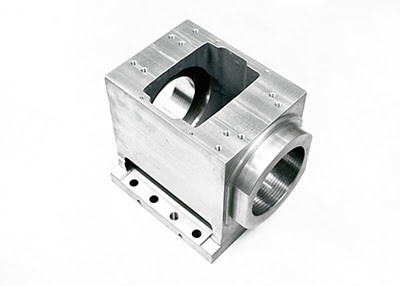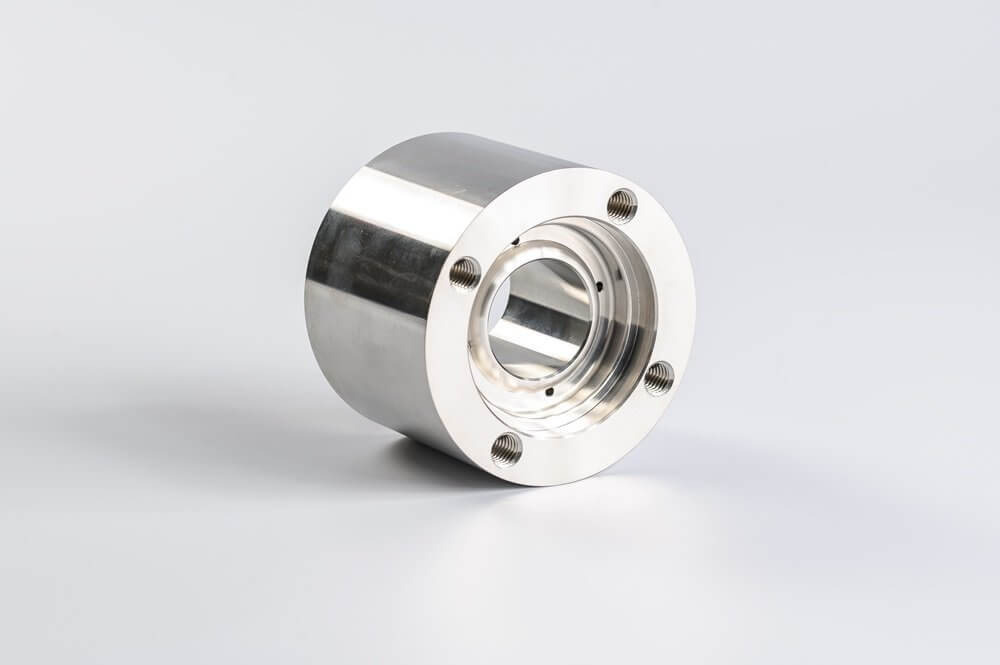The Basics of CNC Precision Machining
CNC precision machining is a cutting-edge technology that is revolutionizing the manufacturing industry. It involves the use of computer numerical control (CNC) machines to create complex and precise parts and components. Therefore, when buying washing machine spare parts, you can check whether he uses this process. When using this process to process coffee machine parts, you should also pay attention to cnc machine parts name, coffee machine name parts, coffee machine parts explained and coffee machine parts labelled.
This article will give you a comprehensive introduction to the basics of CNC precision machining, and cnc machine parts name, coffee machine name parts, coffee machine parts explained and coffee machine parts labelled of coffee machine parts can also be applied.
The concept and advantages of CNC precision machining
At its core, CNC precision machining is a subtractive manufacturing process. It starts with a solid block of material, such as metal or plastic, and removes excess material to create the desired shape and dimensions. The CNC machine follows a set of programmed instructions to precisely cut, drill, and shape the material. This level of precision is unmatched by traditional machining methods.
One of the key advantages of CNC precision machining is its ability to produce complex and intricate parts with high accuracy. The CNC machine can execute complex movements and operations that would be impossible for a human operator to achieve manually. This makes it ideal for industries that require intricate and precise components, such as aerospace, automotive, and medical.
The heart of CNC precision machining is the CNC machine itself. These machines are equipped with a computer control system that interprets the programmed instructions and controls the movement of the cutting tools. The instructions are typically created using computer-aided design (CAD) software, which allows engineers to design and simulate the part before it is manufactured.
CNC machine tools consist of several key components. The first is the cutting tool, which is responsible for removing material. Cutting tools include drills, end mills or lathe tools, depending on the needs of the specific operation. The machine also has a spindle for stationary and rotating cutting tools, while the spindle speed can be adjusted to optimize the cutting process.

In addition to the cutting tool and spindle, the CNC machine has a workpiece holder, which securely holds the material being machined. This ensures that the material remains stable and does not move during the cutting process. The machine also has a control panel, where the operator can input the necessary parameters and monitor the progress of the machining operation.
CNC precision machining offers several advantages over traditional machining methods. First and foremost, it significantly reduces human error. The CNC machine follows the programmed instructions precisely, eliminating the risk of human mistakes. This leads to higher accuracy and consistency in the final product.
Furthermore, CNC precision machining is highly efficient. The machines can operate continuously, 24/7, with minimal downtime. This allows for faster production times and increased productivity. Additionally, the CNC machine can be programmed to perform multiple operations in a single setup, further improving efficiency.
In conclusion, CNC precision machining is a game-changer in the manufacturing industry. Its ability to produce complex and precise parts with high accuracy has made it indispensable in industries such as aerospace, automotive, and medical. With its advanced technology and numerous advantages, CNC precision machining is set to continue shaping the future of manufacturing.
